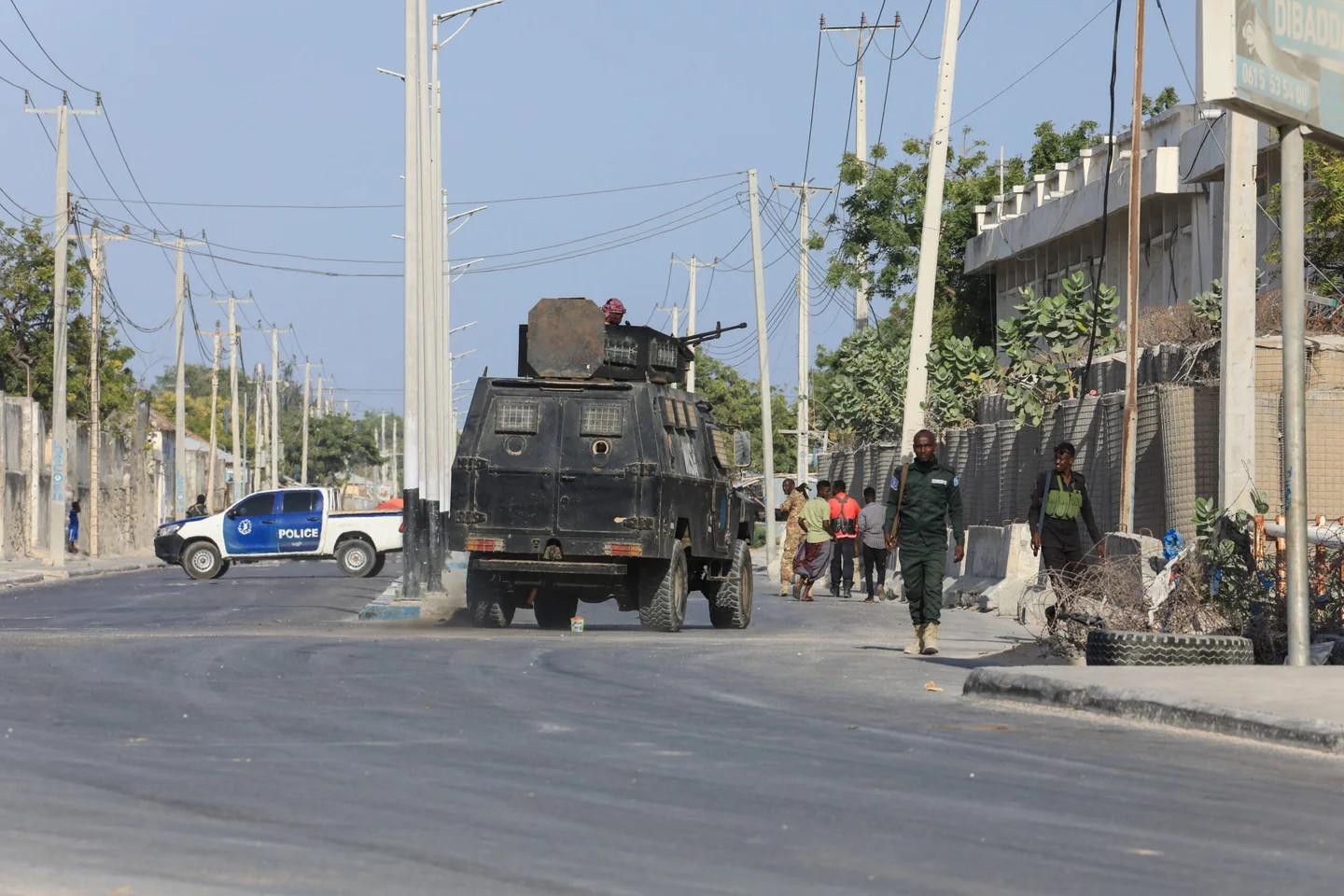
The US military is backing Somalia’s war against the al-Shabaab terror group
Somalia has been in trouble for a long time, long before the events depicted in the 2001 film “Black Hawk Down.” It descended into chaos and civil war in the early 1980s and by the mid-90s, it had become a failed state. Things were looking up in the mid-2000s, until Islamic terrorist groups began fighting the transitional government there. The deadliest and most enduring has been the al-Shabaab terrorist organization.
It is a splinter group of another terrorist organization, the Islamic Courts Union, which captured the capital of Mogadishu in 2006 and controlled much of the country for more than half a decade. It aligned itself with al-Qaeda, which drew a coalition of African nations and the United States to liberate Somalis from its grip.
In 2022, the President of Somalia announced he would wage total war against al-Shabaab. In April 2023, he said the group is on the verge of defeat, and an attack that will be joined by American forces, will soon be its death blow.
The United States first began its military intervention in Somalia in 2007, as part of the Global War on Terror. This was often limited airstrikes and drone strikes, as well as advising, training, and intelligence sharing. U.S. troops were deployed to the country, where they participated in operations against al-Shabaab until 2021, when President Donald Trump ordered a withdrawal.
The drone strikes targeted high-level members of al-Shabaab leadership, training camps, and al-Qaeda bases. By 2017, U.S. Special Forces were operating with Somali government forces, fighting to retake large swathes of territory, but the bulk of the fighting came in the form of airstrikes.
By 2011, the coalition had recaptured Mogadishu and hurt al-Shabaab’s ability to mount an offensive. Heavy losses forced the group to begin a campaign of guerrilla warfare and terrorist attacks. A power struggle broke out inside al-Shabaab and that, combined with its mounting military losses, severely weakened it. Airstrikes hit their peak in 2019, where 60-plus aerial attacks killed more than 1,100 al-Shabaab militants.
Yet, in 2022, al-Shabaab was resurgent, having refilled its ranks of fighters, expanding its reach, and even mounted an invasion of neighboring Ethiopia. A deadly hotel attack in Mogadishu prompted the country’s current president to declare an all-out war. That may be because the U.S. military withdrew from the country in 2021, only to return on the orders of President Joe Biden the next year.
Al-Shabaab’s recruitment and terror tactics are beginning to catch up to them. In 2023, the group faced a recruitment crisis and a huge dip in support among Somalis. President Hassan Sheikh Mohamud declared in April 2023 that he would take advantage of that weakness with a new offensive against it. The United States has joined the upcoming effort.
But the U.S. and Somalis aren’t alone. Turkish drones, African Union forces, and handshake agreements between the government and militants have turned the tide in favor of the Mogadishu government. Government forces have been steadily gaining ground with the new strategy.
The new offensive, combined with a drought, humanitarian crisis, and losses on the battlefield and in global bans, has led to a rift within al-Shabaab itself. The group is facing defeat on all sides and from within.
“Two things are there to defeat al-Shabaab: one is militarily, another is ideological,” President Mohamud told the Financial Times. “The ideological war will continue for some time but, in the military one, I believe we’ll defeat them.”
Source » wearethemighty





